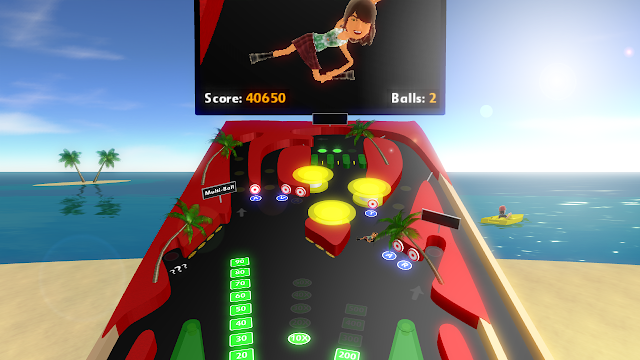To run it, you will need to have .NET Framework 3.5 and the XNA 3.1 redistributable package. Both are small, easy installs.
You can get .NET 3.5 here (note that if you are running Windows 7, you already have it):
.NET 3.5
The XNA 3.1 redistributable package can be downloaded here:
XNA 3.1
My pinball demo can be downloaded here:
Avatar Pinball Sock Puppet PC Demo
Please do not redistribute the demo.
Use an Xbox controller if you have one connected to your PC.
Keyboard Controls:
- Menu navigation with arrow keys, enter and escape or back
- Launch ball with enter
- Shift keys control flippers
- Space nudges table
- Escape pauses game

